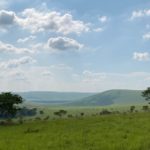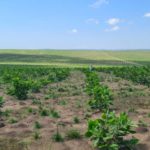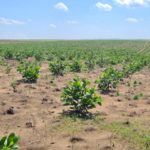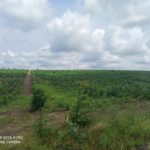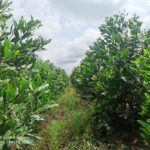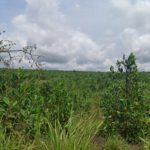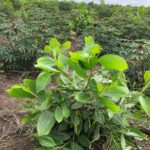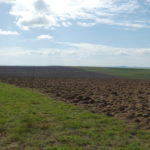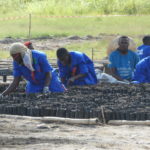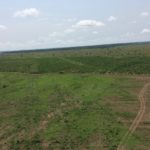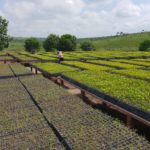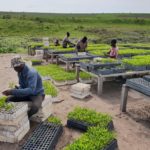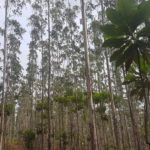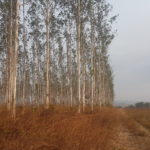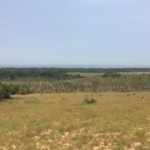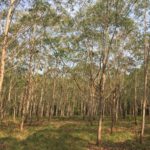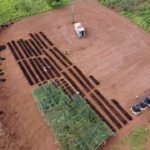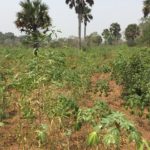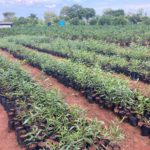Our projects of plantations
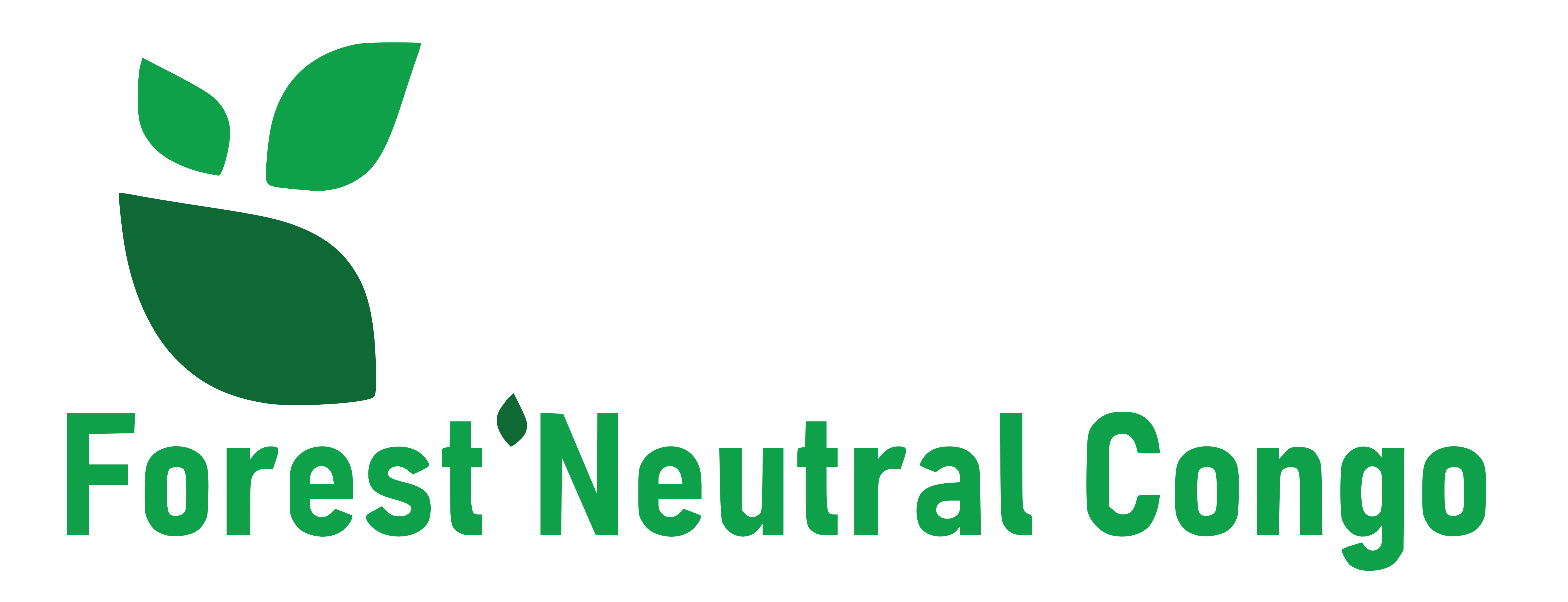
Project
BaCaSi
The new forest will create a carbon sink that will sequester more than 10 million tons of CO2 over 20 years, to be certified in accordance with the Verified Carbon Standard (VCS). The project, financed by Total Energies, includes agroforestry practices developed with the local communities for agricultural production and sustainable wood energy. By 2040, responsible management through selective cutting (treatment of forests which aims to imitate nature by mixing together several species of different age) will promote the natural regeneration of local species and provide Brazzaville and Kinshasa with lumber and plywood.

Location
Batéké, Congo

Type of vegetation before planting
Savannas and gallery forests

Area
70,000 ha

Cultivated species
Acacia, cassava
Strengths
- Reduced pressure on natural forests
- Local job creation
- Establishment of a new carbon sink: 40 000 ha
- Improved livelihoods for households (including indirect jobs)

Location
Republic of the Congo, Batéké plateaus

Type of vegetation before planting
Grassy savannah

Area
2,700 ha

Cultivated species
Acacia, cassava
Strengths
- Agro-forestry project : development of agricultural income for framers
- Training villagers in agroforestry
- Combating rural exodus
- Development of the local economy
- Sustainable charcoal production
- Deforestation avoided
Project
Kwango River
This afforestation project, set up in anthropogenic savannahs on the Batéké Plateau east of Kinshasa, aims to develop “carbon sink” plantations, i.e. plantations where wood is little or no harvested, in order to maximize greenhouse gas sequestration in the long term. The majority of the project’s area will therefore be dedicated to forest plantations with this main objective.
As a result, the Project will have several social and environmental benefits such as (1) CO2 sequestration on land that is currently non-forested and unused, (2) Less pressure on the surrounding natural forests, thanks to the production of charcoal and timber from sustainably managed plantations, and the sensitization of local populations to agroforestry, that is more sustainable and productive than slash-and-burn agriculture or (3) Job creation, increased incomes and local development in a territory heavily affected by unemployment.

Location
Democratic Republic of the Congo

Type of vegetation before planting
Grassy savannah

Area
25,000 ha

Cultivated species
Acacia, cassava
Strengths
- Avoiding deforestation and forest degradation
- Improvement of the living conditions of rural populations
- Creating carbon sinks
- Development of the local economy

Project
ECO ZAMBA
The ‘ECO ZAMBA’ project is initiated by SNPC as part of environmental protection efforts and toward its goal of achieving carbon neutrality by 2050.
ECO ZAMBA aims to reforest 50,000 hectares of savanna areas. The primary objective is to establish a forest and agroforestry plantation on the Batéké plateaus that is beneficial for the climate, society, and the environment.

Location
Republic of the Congo, Batéké plateaus

Type of vegetation before planting
Grassy savannah

Area
50,000 ha

Cultivated species
Acacia, Cassava,, Eucalyptus, Local tree species
Strengths
- Creating carbon sinks
- Development of the local economy
- Improvement of the living conditions of rural populations

Project
SPF2B
Visit the websiteSPF2B aims to develop a local economic fabric with many Congolese players and aims to play an important role in the management of forest plantations, of which Congo was one of the pioneers in Africa.

Location
Republic of the Congo, Batéké plateaus

Type of vegetation before planting
Grassy savannah

Area
7,700 ha

Cultivated species
Acacia, Cassava, Oil Palm, Avocado, Eucalyptus
Strengths
- Agro-forestry project : development of agricultural income for framers
- Training villagers in agroforestry
- Combating rural exodus
- Development of the local economy
- Sustainable charcoal production
- Deforestation avoided

Location
Republic of the Congo

Type of vegetation before planting
Grassy savannah

Area
1,000 ha

Cultivated species
Eucalyptus
Strengths
- Preservation of Congolese genetic heritage for eucalyptus plantation
- Development of the local economy
- Creating carbon sinks

Location
Central African Republic, near Bangui

Type of vegetation before planting
Grassy savannah

Area
1,000 ha

Cultivated species
Acacia, cassava, teck
Strengths
- Avoiding deforestation and forest degradation
- Development of the local economy
- Agroforestry plantation on land owned by villagers
Project
PIREDD Maï-Ndombe
The PIREDD Maï-Ndombe Project aims to improve the living conditions of rural populations through activities allowing to promote improved management of forest landscapes and reduce gas emission from deforestation and forest degradation.
Funding : CAFI via FONAREDD, UC-PIF and World Bank

Location
Democratic Republic of the Congo, Maï-Ndombe

Type of vegetation before planting
Grassy savannah

Area
1,100 ha

Cultivated species
Acacia, cassava, oil palm, chili pepper
Strengths
- Avoiding deforestation and forest degradation
- Improvement of the living conditions of rural populations
- Improved management of forest landscapes
- Agroforestry plantation on land owned by villagers

